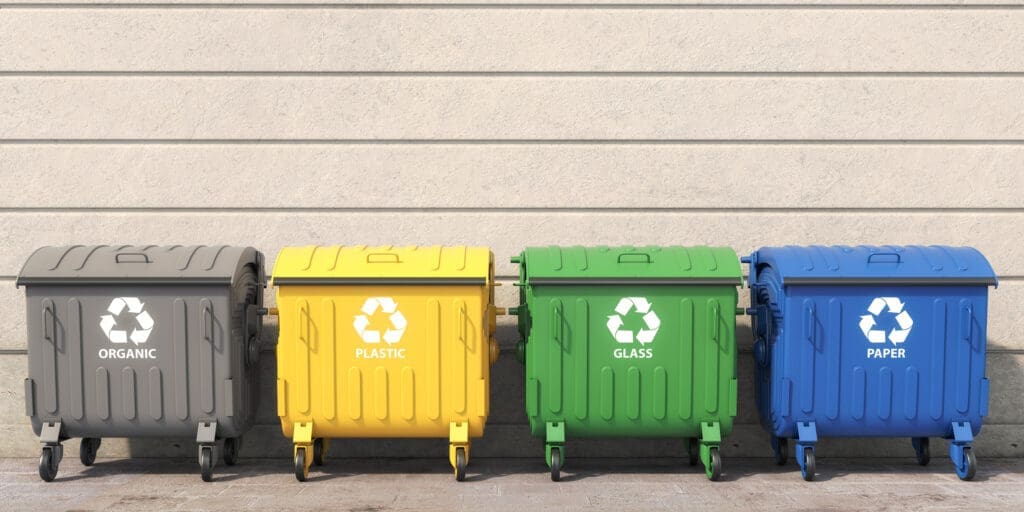10 Types of Evergreen Content that Every Brand Should Consider Developing

Content is key to marketing. The challenge for many is creating content that stays fresh and relevant in the eyes of their customers and potential customers, which means you have to create evergreen content.
But what is evergreen content? Evergreen content is content that stays highly relevant for an extended period of time. Prospects will search for this content because the topic is timeless, for example, “What is a marketing agency?”. The definition of a marketing agency will remain relatively the same in the future. Evergreen content allows you to get the most out of your content by ensuring you create content perpetually discovered by customers, thus driving individuals to your website and giving you a chance to gain their business.
But what does evergreen content look like? It can take many forms, but here are some popular evergreen content examples:
1. How-to Guides
One of the more popular reasons people search for content is to understand how something works and how-to guides are a great form of evergreen content. Try to create content you phrase as the “Ultimate Guide to X,” explaining what “X” is, how it works, and how people can use the particular product or service to their advantage. You can fold this content into multimedia content, including videos, infographics, or pictures.
2. Explainers and Tutorials
An explainer or tutorial is similar to a how-to guide, with a slight twist: it provides additional context and step-by-step information on how to do something. This content can often be extremely useful in explaining, step-by-step, how to use something.
3. History Articles
While the history of a product or service may expand, older information rarely needs to be updated. To that end, you can write an article explaining exactly how a particular product or service came to be, its initial uses, and how those uses changed over time. You can then update it periodically to add new advances to a particular product.
4. Templates
Some products or services perfectly lend themselves to creating templates that potential customers can use. Examples include budgets, marketing plans, human resource content, and much more. You can create branded templates that customers can use, thus demonstrating your expertise and providing helpful content. If customers want more information, they can connect with you directly, allowing you to potentially create a sale.
5. Frequently Asked Questions (FAQs)
Individuals will often question how your product, service, or industry may work. You can create a webpage that lists answers to these questions. Even better: With the right SEO techniques, Google may pick up on your content and highlight it in their searches, thus increasing your SEO and steering anyone looking for your services to your website.
6. Checklists
In this instance, a checklist is a step-by-step guide that allows someone to create content or complete some procedure. You can create a checklist that outlines precisely how to do something, such as creating a plan or installing a piece of machinery. In doing so, you can create helpful content that others can use.
7. Mistakes To Avoid
Every business or industry has mistakes that customers should avoid. You can list common mistakes that tend to occur with your product or service, thus warning customers about how to avoid committing these errors. Even better: Your content can subtly fold into your products or services, thus demonstrating how someone can use your business to avoid committing a major error.
8. Glossaries
Virtually every industry has its own array of highly technical or otherwise obscure terms that outsiders need help understanding. A glossary lets you explain these terms and how they may be relevant to end users, complete with links to relevant pages, including those within your website. You can use a glossary to demonstrate expertise, enhance your SEO, and potentially pull customers into your website.
9. Case Studies
If you have been in business long enough, odds are good you have success stories that can be helpful to others. You can write those success stories using quotes, pictures, videos, and more. You can use that content to demonstrate the success of your product or service.
10. Resources
People want information, and they want to find it quickly and for free. You can create a webpage that lists guides, information, resources, explainers, and more. By periodically updating this content, you can ensure that the information remains fresh in the minds of your users and that search engines regularly pick up the additional information you publish.
Final Thoughts
Evergreen content is vital for a successful content marketing plan. Creating it can be tricky because it’s hard to predict what will stay relevant in the future. However, if you approach it with the mindset of your prospects, you’ll find yourself on the right track.





